Yeast is the organic product without which our bread will not rise. It is a concentrated mass of yeast of the species Saccharomyces cerevisiae and is widely used in the food industry. Simply put, the brewer's yeast in the yeast is activated by the sugar and water, as a result of which they multiply, emit carbon dioxide, form pores in the dough and then it rises.
There are mainly two types of yeast on the market - fresh (live) and dry. The way you work with both of them is similar.
Dry yeast, which is sold in sachets, should be dissolved with a small amount of warm water (not hot because it will kill the yeast) to which you have added sugar. The mixture should be mixed well. It should then be left in a warm place (a definite requirement for the yeast to foam up) and after 10-15 minutes it will be ready for use and you can surprise your loved ones with lean sweet bread.
The same is done with fresh yeast, which is sold in the form of cubes and stored in a refrigerator. Fresh yeast has a relatively short shelf life, only about two weeks, after which the brewer's yeast dies and it is not suitable for use.
Its activation is done in a similar way. It is diluted in warm water (not hot), in which a little sugar and optionally flour is added.
The aim is to obtain a mixture similar to porridge, which after 20-30 minutes in the heat foams and forms pores. This shows that it is ready and you can knead a sweet bread dough or make fluffy pastries for breakfast.
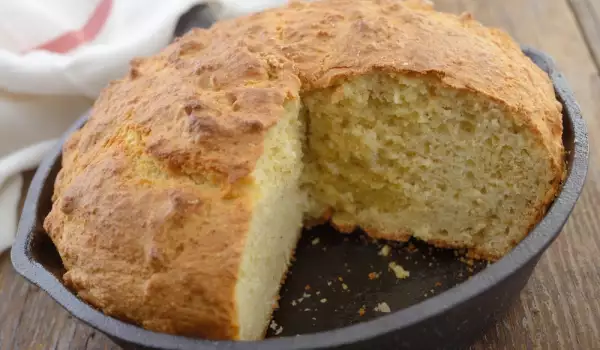
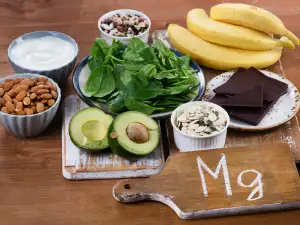

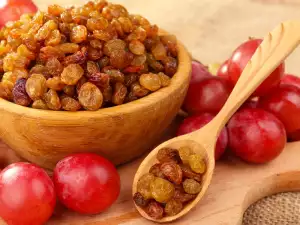


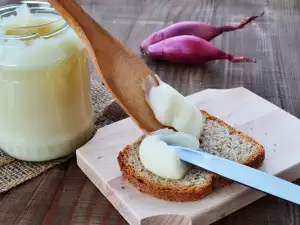
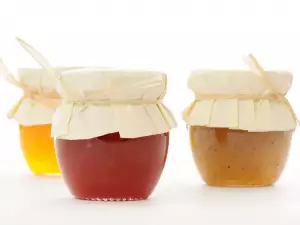
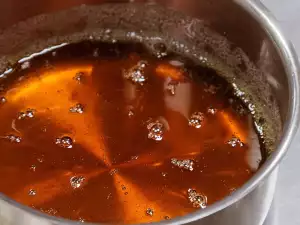
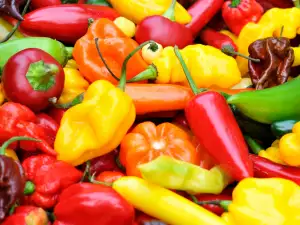
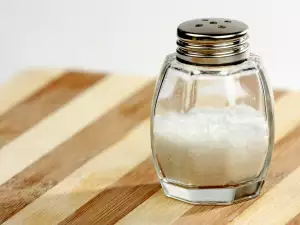
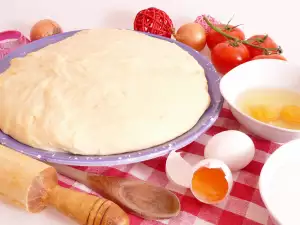
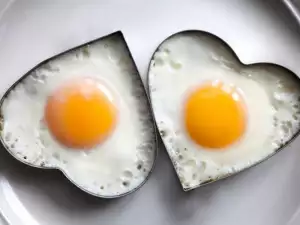






Comments